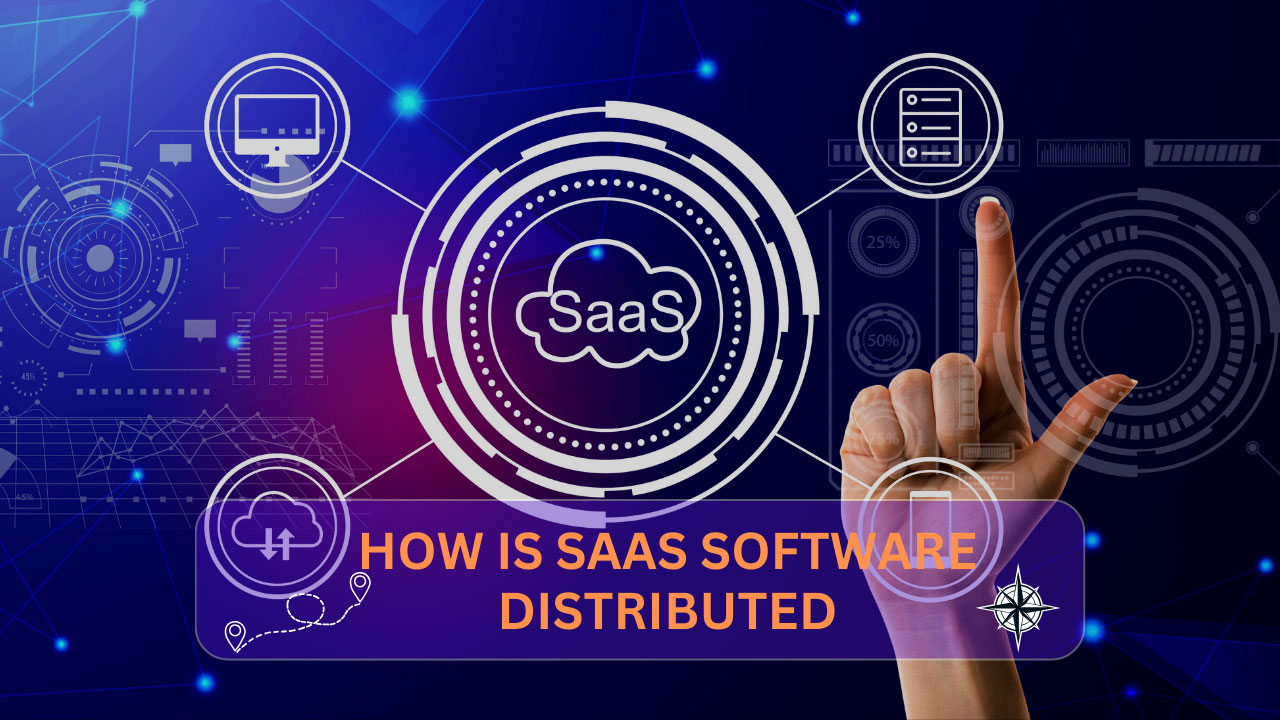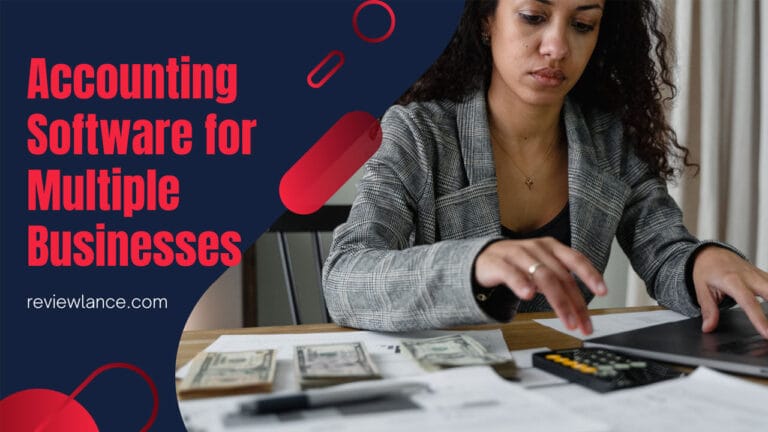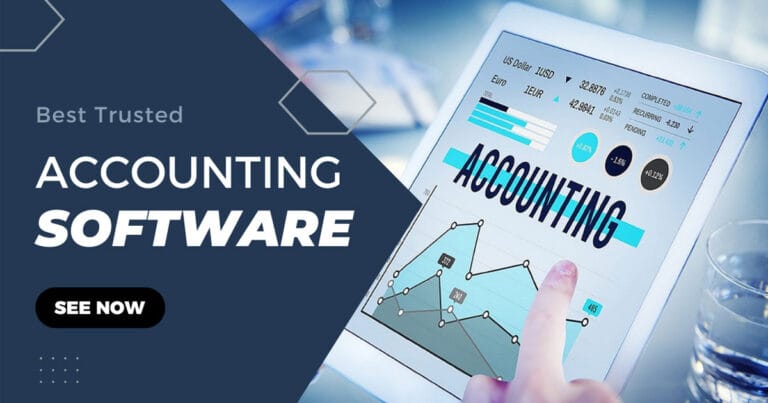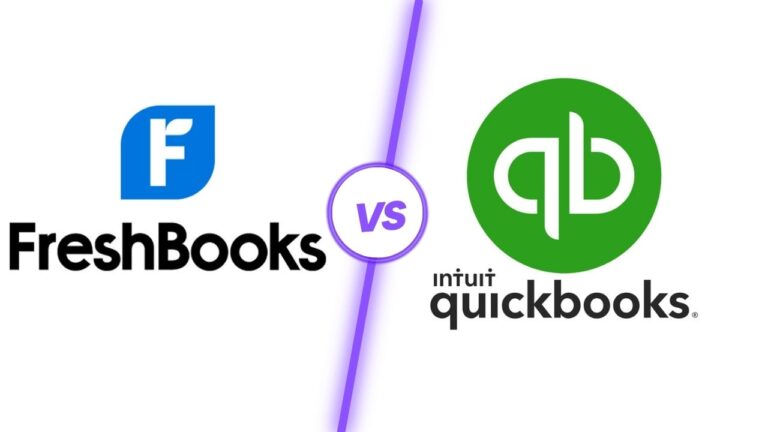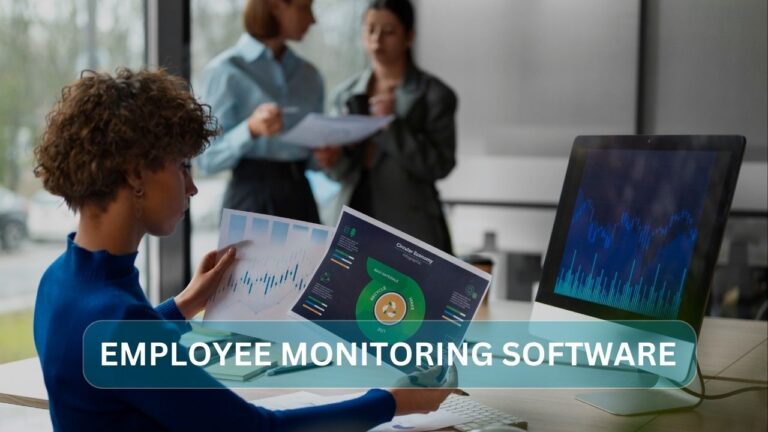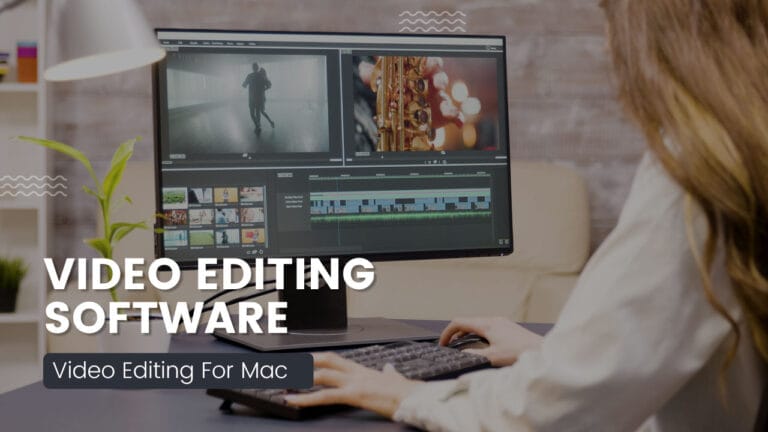How is SaaS Software Distributed: Key Strategies Unveiled
SaaS software is distributed online through cloud-based delivery. Users access it via a web browser or app, usually through subscription.
Software as a Service (SaaS) has revolutionized the way businesses and individuals use software. This cloud-based distribution method eliminates the need for physical installations or downloads, streamlining software delivery and use. Clients subscribe to the software, often on a monthly or annual basis, allowing for scalable and flexible access.
The SaaS model offers real-time updates and maintenance directly from the provider, ensuring that users always have the latest version. Companies appreciate the reduced need for in-house IT support and infrastructure, which lowers costs and simplifies operations. The remote accessibility of SaaS applications supports the modern, mobile workforce, making software more adaptable to changing business environments and user needs.
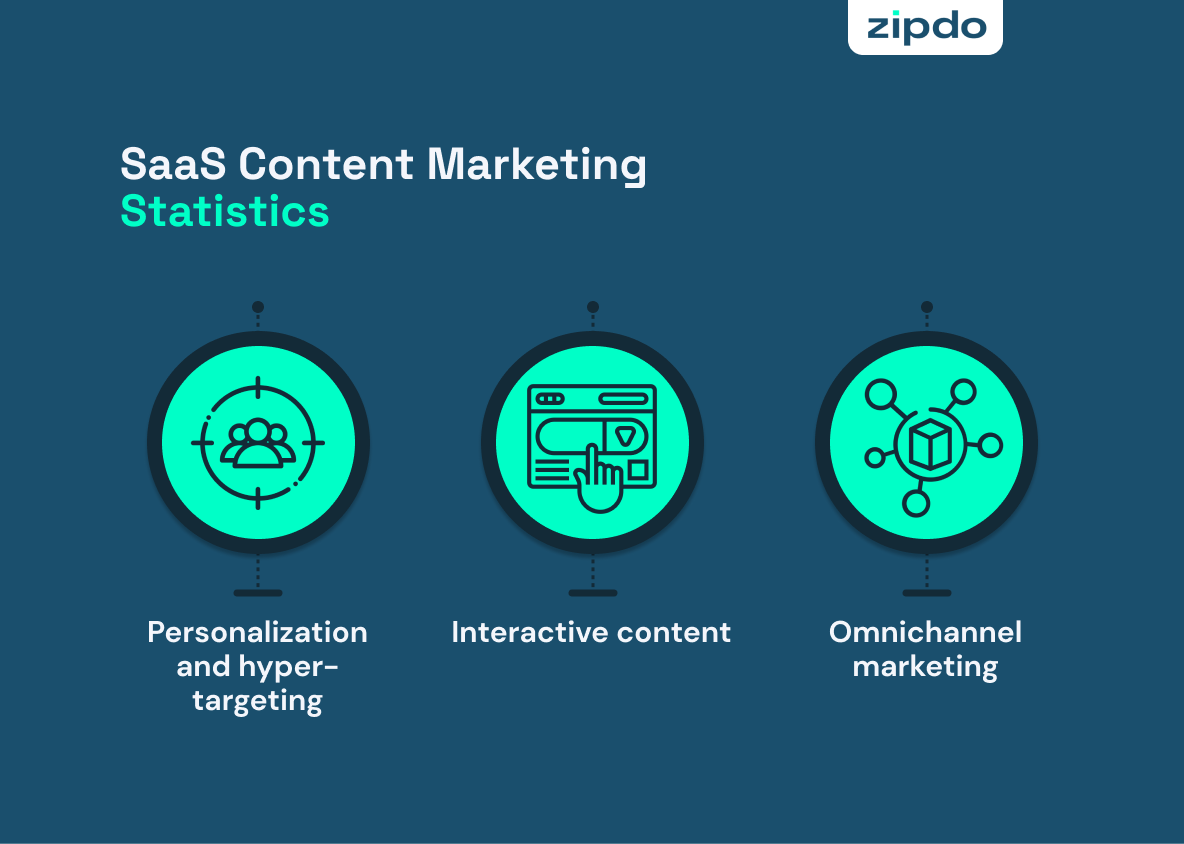
Credit: zipdo.co
The Saas Model Revolution
From Traditional Software To Saas
Buying software? That was then. Install from a disk? No more. SaaS, or Software as a Service, rises. It’s all online.- Log in and access anywhere.
- No physical copies needed.
- Updates are instant and seamless.
Core Characteristics Of Saas Distribution
What makes SaaS stand out? Never wonder if you have the latest version. Here’s what’s key:| Feature | Benefit |
|---|---|
| Accessibility | Use on any device, anywhere |
| Scalability | Grow with your needs effortlessly |
| Subscription Model | Pay as you go, easy on budgets |
| Automatic Updates | Enjoy the newest features, no effort needed |
| Collaboration | Work together, even from a distance |
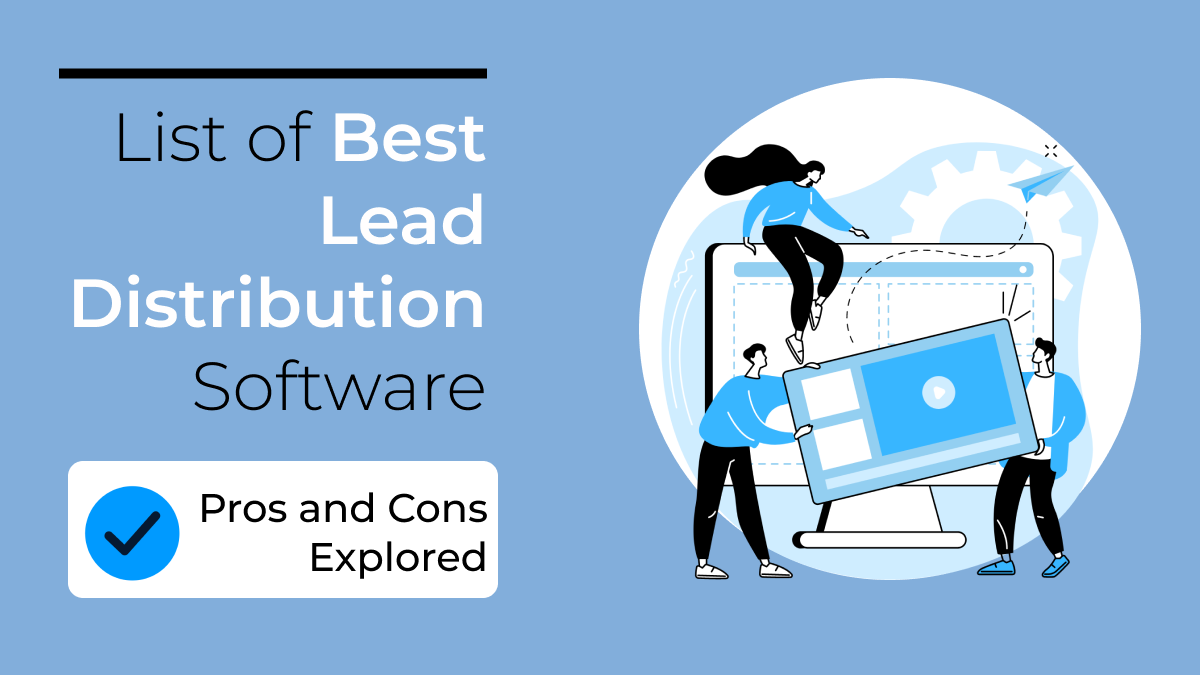
Credit: www.linkedin.com
Essential Saas Distribution Channels
Direct Sales And Self-service Websites
Direct sales form a personal bridge between providers and customers. Sales teams engage leads, turning them into users. This model boasts high-touch interactions and deep customer understanding. Self-service websites let customers dive right in. These sites often feature free trials or demo versions. A well-crafted website walks users through sign-up to subscription seamlessly.Partner Networks And Affiliates
Expanding reach through partners can skyrocket a SaaS product’s success. These networks include industry influencers and consultants. Affiliates promote the product for a commission. This symbiotic relationship can tap into new markets.Marketplaces And App Stores
Marketplaces such as Amazon Web Services (AWS) Marketplace serve as bustling digital hubs for SaaS products. They connect buyers and sellers in a trusted environment. App stores, like the Apple App Store or Google Play, put SaaS tools in front of millions of users. These platforms handle transactions and provide a layer of user trust.Marketing Strategies For Saas Spread
Content Marketing And Seo
Content marketing and SEO work hand-in-hand to boost SaaS visibility. A strategic approach to creating and sharing valuable content can attract and engage a target audience. Here’s how to leverage them:- Create valuable content that addresses customer pain points.
- Target high-volume keywords relevant to the SaaS industry.
- Use SEO best practices to improve search rankings.
- Engage audiences with regular blog posts, infographics, and videos.
Email Marketing And Automation
Email marketing is a direct channel to nurture leads and convert them into customers. Automation streamlines the process, making it easier to scale. Consider these steps:- Build a subscriber list with a clear opt-in strategy.
- Segment audiences to personalize emails
- Use automation to send timely and relevant content.
- Track and analyze email performance for continuous improvement.
Paid Advertising And Retargeting
Paid advertising can lead to quick wins by putting your SaaS in front of potential users. Retargeting brings back visitors who didn’t convert. Use these methods to maximize their potential:| Strategy | Objective | Tools |
|---|---|---|
| Pay-Per-Click (PPC) | Drive immediate traffic | Google Ads, Bing Ads |
| Social Media Ads | Enhance brand presence | Facebook, LinkedIn |
| Retargeting Campaigns | Recapture lost leads | AdRoll, Google Remarketing |
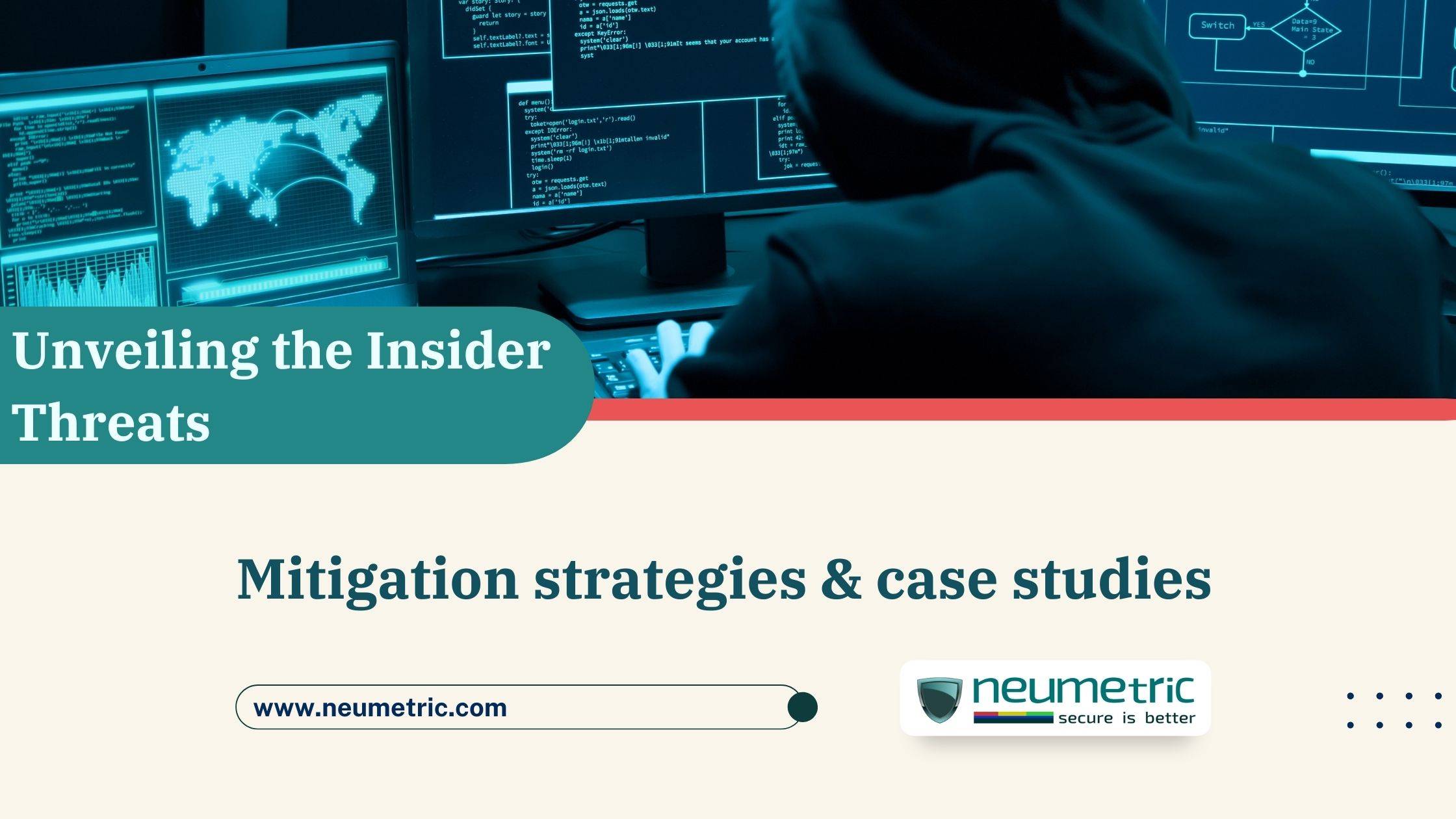
Credit: www.neumetric.com
Optimizing The Customer Acquisition Process
Conversion Rate Optimization
Conversion Rate Optimization (CRO) is all about turning visitors into users. Tremendous traffic with low conversion is a missed opportunity. Smart CRO techniques capture interest and guide action. Techniques include:- Clear call-to-action: Ensure each page directs visitors to subscribe or try a demo.
- A/B testing: Test different page elements to see what leads to more sign-ups.
- User-friendly design: Make website navigation simple.
- Fast loading times: Speed is essential for keeping potential customers engaged.
Customer Relationship Management
Once visitors convert, Customer Relationship Management (CRM) plays a major role. It’s more than software; it’s a strategy to keep customers close. CRM includes:| Action | Impact |
|---|---|
| Personalized Communication | Builds trust and connection |
| Feedback Loops | Shows customers you value their input |
| Ongoing Support | Creates a positive user experience |
| Regular Updates | Keeps the service fresh and relevant |
- Automated Email Campaigns: Keep in touch with regular updates.
- Customer Support Portals: Provide quick and user-friendly service.
- Detailed Analytics: Track customer behavior to tailor service.
Retention And Expansion Tactics
Customer Success Initiatives
Building strong relationships with customers ensures they continue to find value in your service. Implement customer success initiatives with these key actions:- Onboarding Programs: Guide new users through your software’s features, ensuring a smooth start.
- Training Sessions: Offer regular webinars or tutorials to deepen users’ knowledge and skills.
- Support Channels: Maintain responsive support through live chat, email, and phone services.
- Feedback Systems: Act on customer feedback to improve their experience and your offering.
- Community Building: Encourage user interaction through forums and social media groups.
Upselling And Cross-selling Strategies
Increasing your revenue from current customers can be achieved through upselling and cross-selling. Make sure these strategies are applied carefully and thoughtfully:- Personalized Offers: Use customer data to tailor upgrades or additional services.
- Relevant Timing: Present these offers when customers are most likely to need them.
- Added Value: Show customers the benefits of buying more or different products.
- Bundle Deals: Combine products or features for a special price to encourage deeper engagement.
Adapting To Market Changes
Evolving Customer Expectations
Customers’ needs are changing at lightning speed. The SaaS model allows rapid updates and scalability. Providers must listen, adapt, and deliver.- Personalization: Solutions tailored to individual user requirements.
- Accessibility: Services must be accessible from any device, anywhere.
- Integration: Seamless connection with other tools and platforms.
Innovating The Saas Offering
SaaS companies innovate to stay relevant.- Deploy new features often.
- Improve user interfaces for simplicity.
- Invest in security measures.
Frequently Asked Questions Of How Is Saas Software Distributed
What Is Saas Software?
SaaS stands for Software as a Service. It’s software accessed online, not installed locally. Users subscribe to it rather than purchasing outright. This method offers flexibility and scalability for users.
How Is Saas Software Typically Distributed?
SaaS is distributed via the internet. Providers host applications on cloud servers. Users access the service through a web browser or app. No physical distribution or installation is required.
What Are The Benefits Of Saas Distribution?
SaaS distribution benefits include lower upfront costs, ease of updates, scalability, and accessibility from anywhere. It eliminates the need for physical media and complex on-site installations.
Can Saas Be Customized For Businesses?
Yes, SaaS can be highly customizable. Providers often offer a range of settings and modules that businesses can tailor to their specific needs. This allows for personalized functionality.
Conclusion
Exploring the landscape of SaaS software distribution has been enlightening. We’ve dissected varied models and methods, critical for any digital business strategy. Embracing this knowledge ensures better decision-making for seamless software delivery. Keep this guide close; it’s your roadmap to navigating the SaaS distribution terrain with confidence.

